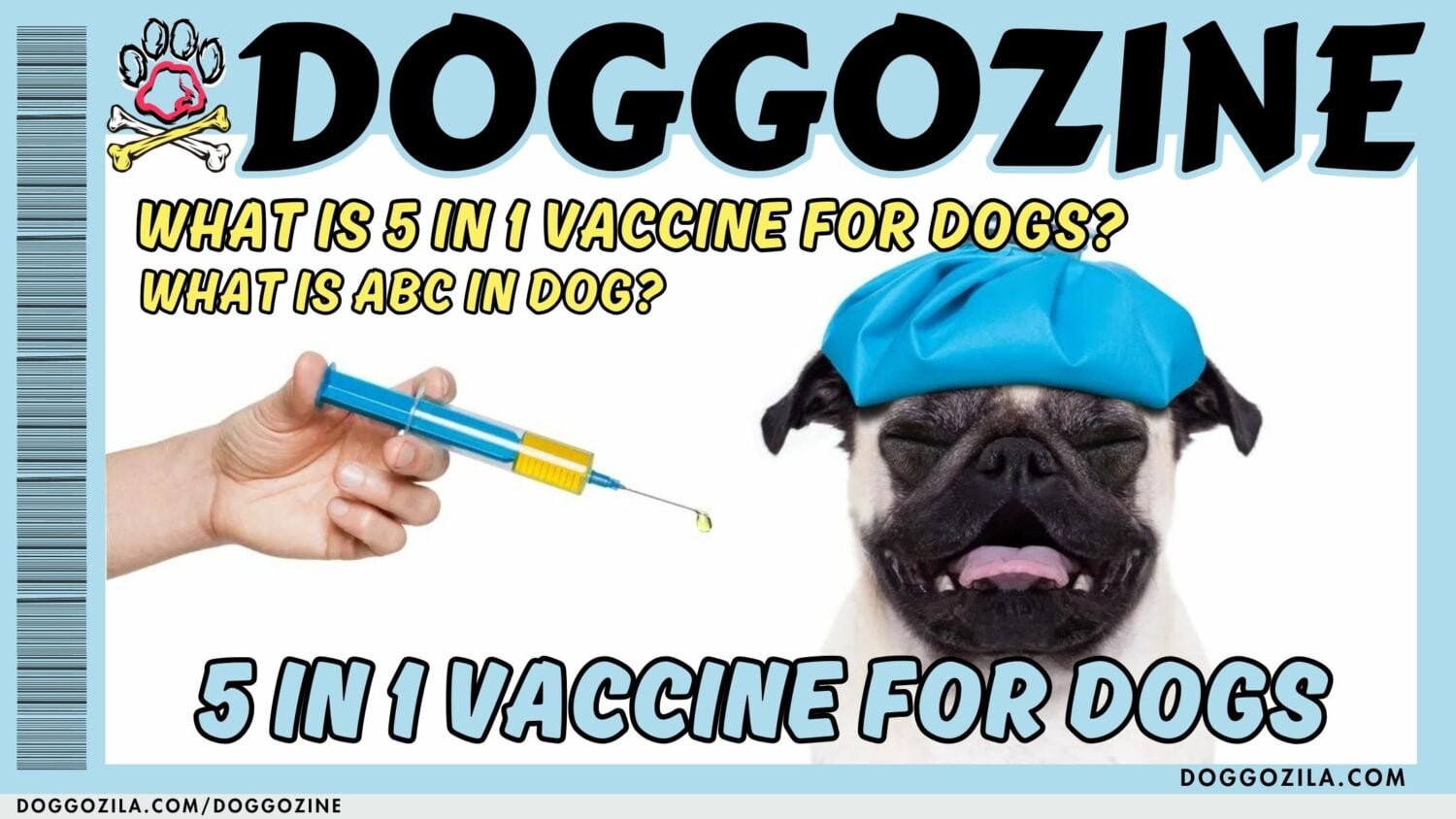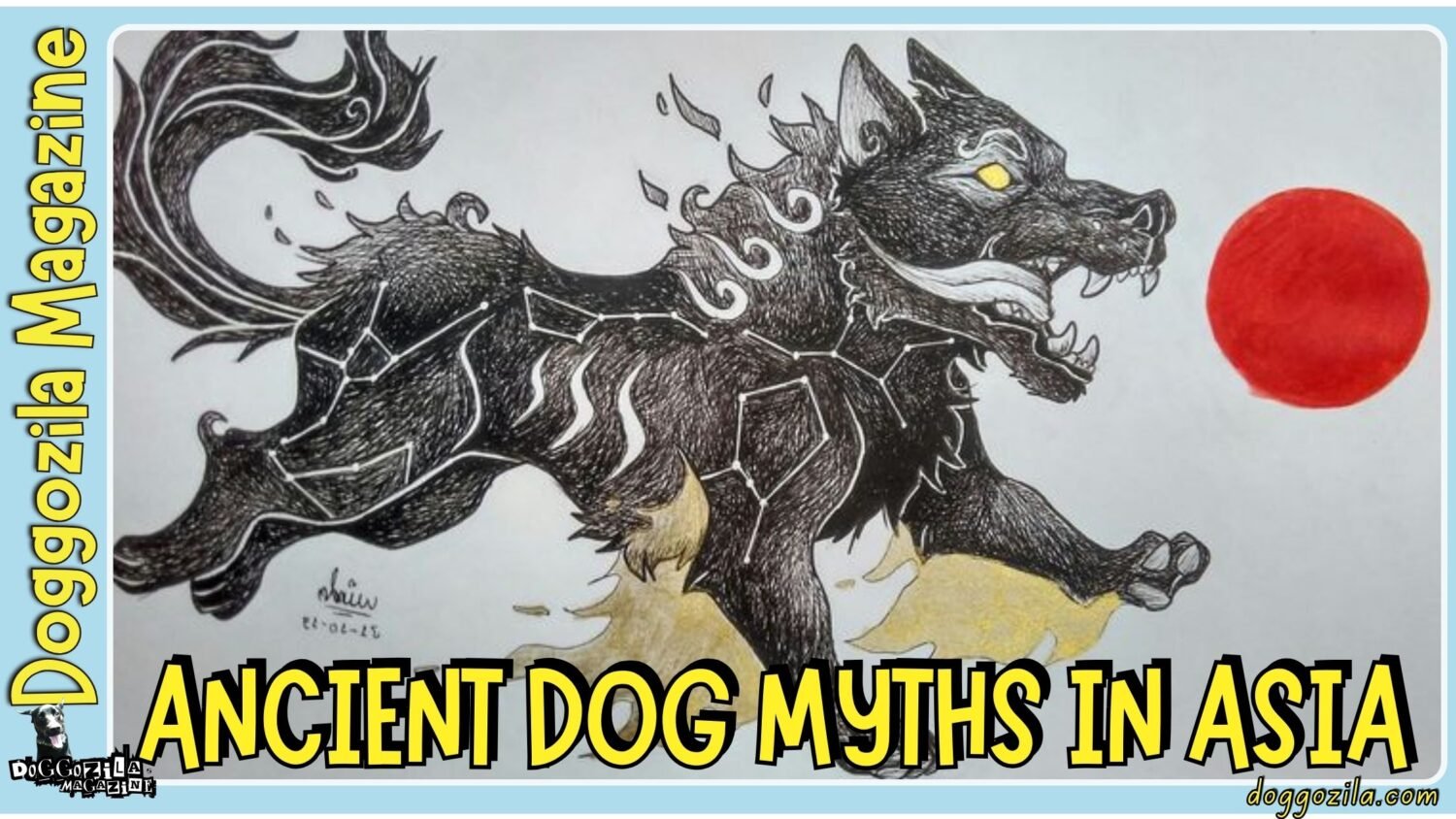Dogs are more than just pets—they’re family. But like any family member, they can suffer from serious health conditions. Some of these diseases are manageable, while others remain untreatable despite advances in veterinary medicine. Incurable dog diseases present heartbreaking challenges, forcing us to shift from seeking a cure to maximizing quality of life.
Whether it’s a genetic time bomb or a relentless neurological disorder, these illnesses test our resilience as pet owners. If you’ve ever wondered, what dog disease has no cure, you’re not alone. Many pet owners face the heartbreaking reality of incurable canine illnesses. In this guide, we’ll explore these conditions, their symptoms, and how to provide the best care for your furry friend.
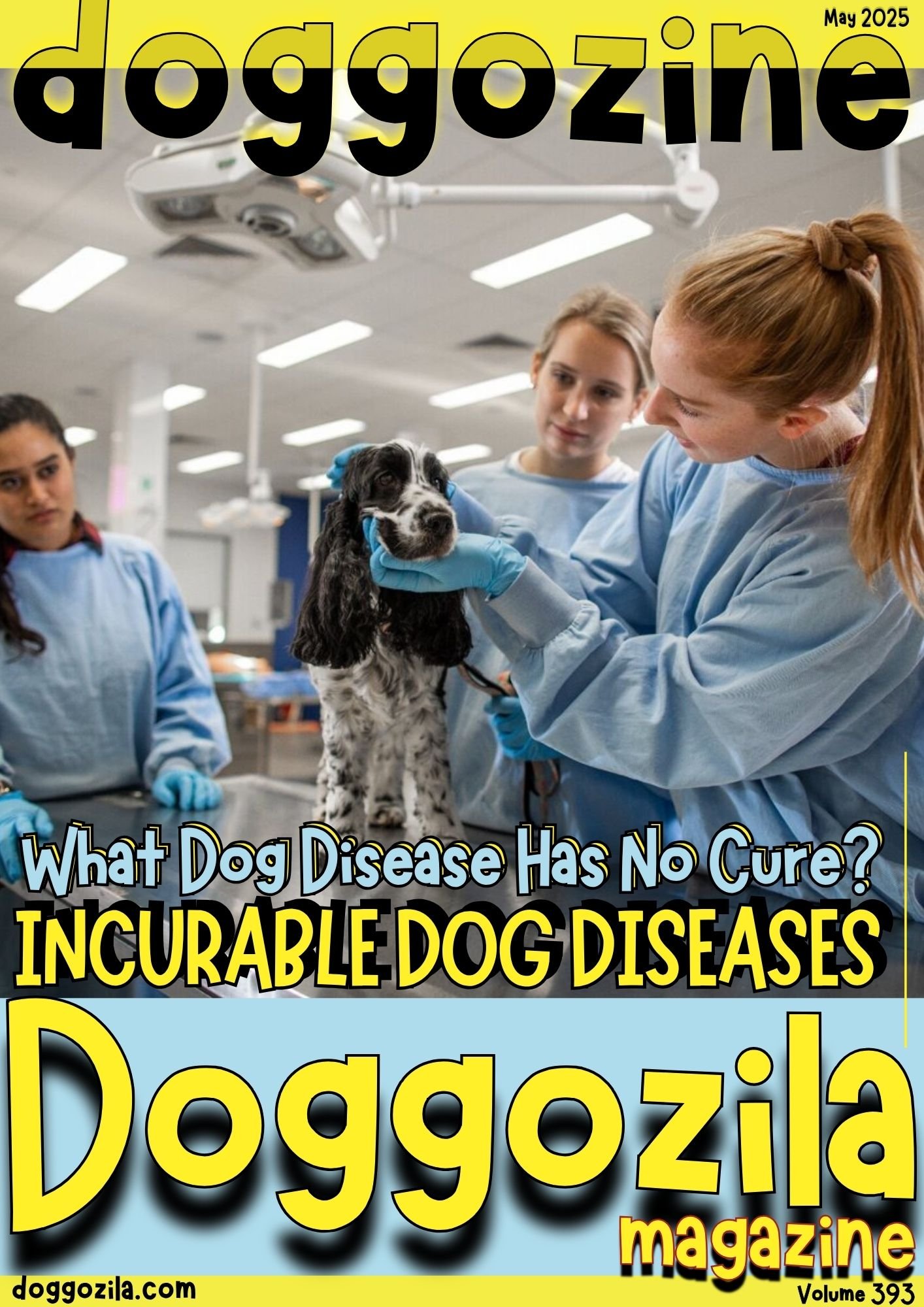
WHEN MODERN MEDICINE MEETS ITS LIMITS: THE REALITY OF INCURABLE DOG DISEASES
Veterinary science has made leaps in treating cancer, infections, and chronic conditions—but some diseases still defy solutions. Incurable dog diseases like degenerative myelopathy or advanced heart failure remind us that even the best care has boundaries. These conditions often progress silently, revealing themselves only when treatment options are limited. Owners facing this reality must balance hope with practicality, focusing on pain management and joyful moments. While we can’t control the disease, we can control how we respond to it.
Why Some Dog Diseases Remain Incurable Despite Advances in Veterinary Science
The complexity of certain incurable dog diseases stems from their root causes—genetic mutations, irreversible organ damage, or aggressive pathogens. For example, rabies becomes untreatable once symptoms appear because the virus hijacks the nervous system too quickly.
Similarly, diseases like fibrocartilaginous embolism (spinal strokes) leave permanent damage before vets can intervene. Research funding often prioritizes more common conditions, leaving rarer diseases with fewer solutions. This gap underscores why incurable dog diseases persist despite cutting-edge technology.
🔑 Key Points: The Reality of Incurable Dog Diseases – Some diseases, like degenerative myelopathy and advanced rabies, have no cure despite veterinary advancements. Owners must focus on pain management and quality of life rather than seeking a cure.
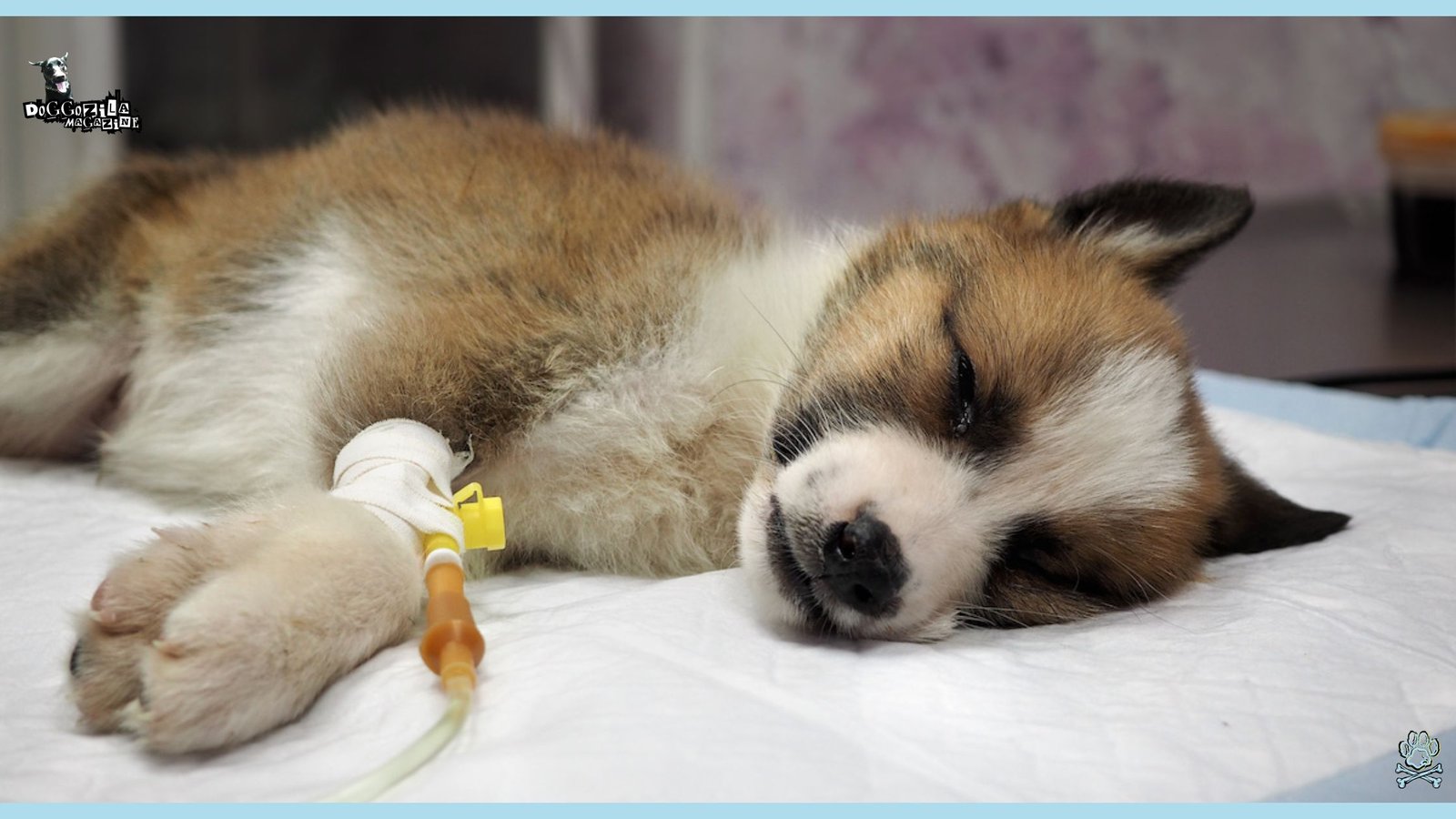
CANINE DEGENERATIVE MYELOPATHY: ONE OF THE DEADLY INCURABLE DOG DISEASES
When discussing what dog disease has no cure, Canine Degenerative Myelopathy (DM) often tops the list. This neurological disorder affects the spinal cord, leading to progressive paralysis in the hind legs. Initially, dogs may stumble or drag their paws, but over time, they lose mobility entirely. Breeds like German Shepherds, Boxers, and Corgis are genetically predisposed to DM. While physical therapy and mobility aids can help, there is currently no cure for this devastating condition.
Symptoms and Early Warning Signs of Canine Degenerative Myelopathy
Recognizing the early signs of DM is crucial for managing your dog’s quality of life. The disease typically starts with subtle weakness in the hind legs, which owners might mistake for arthritis. As it progresses, dogs struggle to stand, often crossing their legs awkwardly when walking. Unlike pain-based conditions, DM doesn’t cause discomfort, which can delay diagnosis. If you suspect your dog is showing symptoms of some incurable dog diseases, consult a vet immediately for a proper evaluation.
How to Support a Dog with Degenerative Myelopathy
While there’s no cure, supportive care can make a huge difference. Physical therapy, such as hydrotherapy, helps maintain muscle strength for as long as possible. Special harnesses and wheelchairs allow dogs to stay mobile even when their legs fail. Nutrition also plays a role—antioxidant-rich diets for dogs may slow progression. Most importantly, providing emotional support ensures your dog stays happy despite physical limitations.
Research and Future Possibilities for Treatment
Scientists are actively studying DM, with gene therapy and stem cell research showing promise. Clinical trials are exploring ways to halt or reverse nerve damage. While a cure remains elusive, advancements in veterinary neurology offer hope. For now, early detection and compassionate care are the best tools against all incurable dog diseases.
🔑 Key Points: Canine Degenerative Myelopathy (DM) – A fatal neurological disease causing progressive paralysis (common in German Shepherds, Corgis, and Boxers). Early signs include hind-leg weakness and stumbling; supportive care (wheelchairs, hydrotherapy) helps maintain mobility.
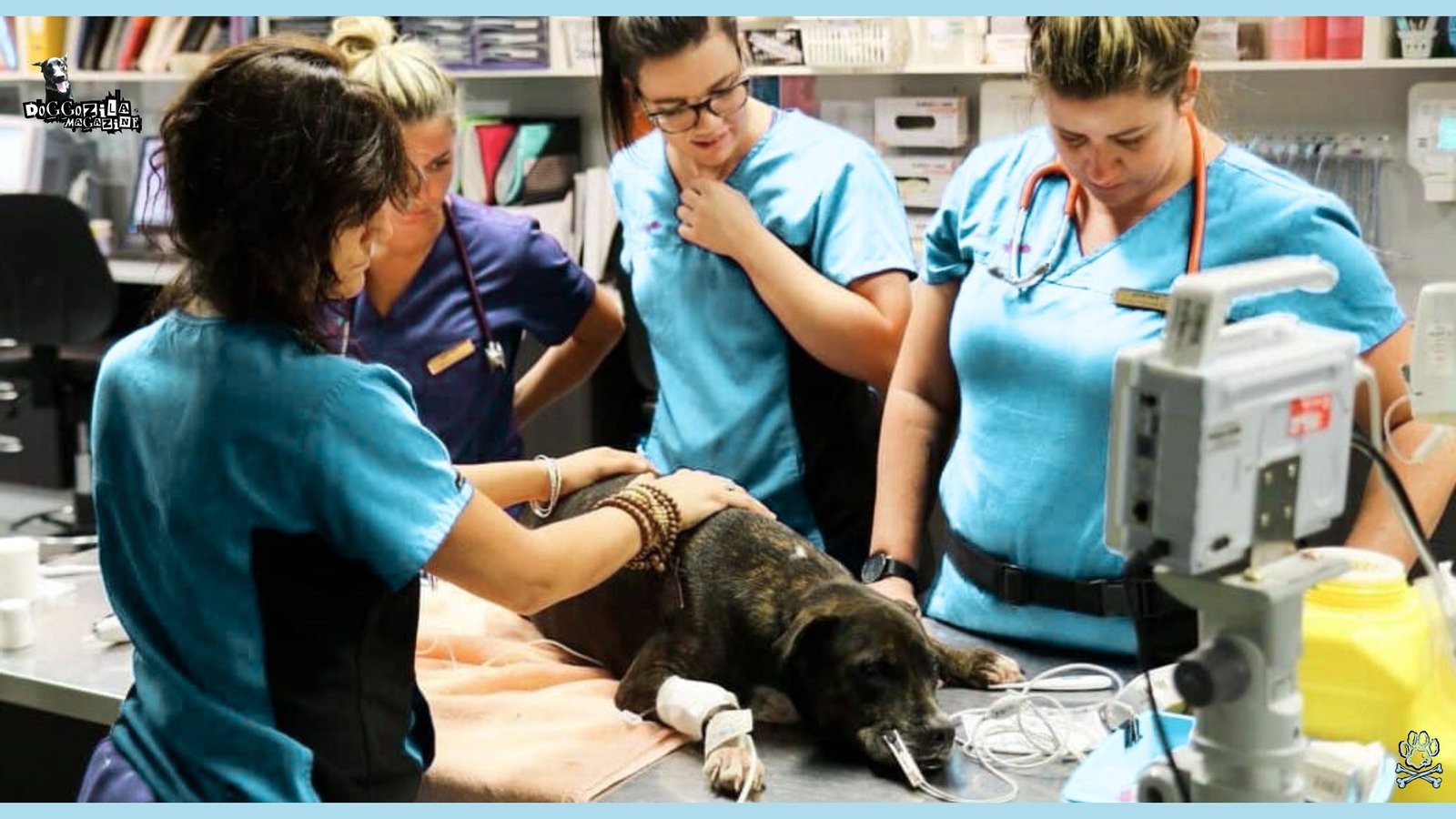
RABIES: THE ANCIENT SCOURGE THAT REMAINS AMONG INCURABLE DOG DISEASES
Rabies is one of the most feared diseases in both animals and humans. It’s caused by a virus that attacks the nervous system, leading to aggression, paralysis, and death. Vaccination is highly effective in prevention, but once symptoms develop, rabies is almost always fatal. This is why it’s critical to ask, what dog disease has no cure?—because rabies fits that description perfectly. Immediate medical attention is required if exposure is suspected.
Picture this: a normally sweet-natured Golden Retriever suddenly turns aggressive, foaming at the mouth like something out of a horror movie. Rabies—one of the oldest and deadliest incurable dog diseases—has terrorized civilizations since 2000 B.C. This viral monster attacks the nervous system with terrifying speed, and once symptoms appear, it’s game over. Vaccines exist to prevent it, but for unvaccinated dogs exposed to rabid wildlife, the outcome is grim.
How Rabies Spreads and Why It’s So Dangerous
Rabies is transmitted through the saliva of infected animals, usually via bites. The virus travels to the brain, causing severe neurological damage. Early symptoms include fever, agitation, and unusual behavior, such as a friendly dog becoming aggressive. Once clinical signs appear, death typically occurs within 10 days. This is why understanding incurable dog diseases is vital for prevention.
The rabies virus is a cunning invader—it travels through nerves straight to the brain, bypassing immune defenses. Early symptoms mimic the flu (fever, lethargy), but within days, the “furious” phase begins: aggression, hallucinations, and hydrophobia (fear of water). Some dogs enter a paralytic stage, becoming weak and comatose. Unlike movie zombies, though, there’s no magical cure—just a heartbreaking countdown. Researchers studying rabies’s brutal mechanics call it “nature’s perfect killer.”
Preventing Rabies Through Vaccination and Awareness
The best defense against rabies is vaccination, which is legally required in many areas. Avoiding contact with wild animals like raccoons, bats, and foxes also reduces risk. If your dog is bitten, seek veterinary help immediately—post-exposure shots can prevent the virus from taking hold. Public awareness campaigns emphasize the importance of prevention since treatment isn’t an option once symptoms start.
Why Rabies is Still One of the Incurable Dog Diseases After All These Years
Scientists can’t ethically experiment on symptomatic patients (it’s 100% fatal), slowing research. The Milwaukee Protocol—a controversial human treatment involving induced comas—hasn’t worked for dogs. Vaccines are effective pre-exposure but useless once the virus reaches the brain. For now, prevention is our only weapon against this relic of incurable dog diseases.
The Global Impact of Rabies and Efforts to Eradicate It
Rabies kills tens of thousands of people and animals worldwide each year. Organizations like the WHO are working to eliminate rabies through mass vaccination programs. While some countries have succeeded in eradicating the disease, it remains a threat in many regions. Knowing what dog disease has no cure underscores the importance of global health initiatives.
🔑 Key Points: Rabies: A Deadly and Incurable Virus – 100% fatal once symptoms appear; prevention through vaccination is critical. Spread via bites from infected animals (e.g., raccoons, bats); symptoms include aggression, foaming, and paralysis.

INCURABLE CANINE PARVOVIRUS: A HIGHLY CONTAGIOUS AND ANOTHER OF THE FATAL DOG DISEASES
Parvovirus is a nightmare for dog owners—it spreads rapidly and attacks a dog’s intestines and immune system. Puppies and unvaccinated dogs are most at risk, with survival depending on early, aggressive treatment. While some dogs recover with intensive care, severe cases can be fatal. This is another example of incurable dog diseases, as treatment focuses on managing symptoms rather than eliminating the virus.
Recognizing the Signs of Parvovirus Before It’s Too Late
Symptoms include severe vomiting, bloody diarrhea, lethargy, and dehydration. The virus destroys the gut lining, making it hard for dogs to absorb nutrients. Without prompt treatment, death can occur within 48-72 hours. If you suspect parvo, isolate your dog and seek emergency vet care immediately.
How Veterinary Care Can Improve Survival Chances
There’s no direct cure, but IV fluids, antibiotics, and anti-nausea meds can support recovery. Hospitalization is often required to prevent secondary infections. The sooner treatment begins, the better the odds—survival rates exceed 90% with early intervention.
Preventing Parvovirus Through Vaccination and Hygiene
Vaccination is the best way to protect your dog. Puppies should receive a series of shots, and adult dogs need boosters. Disinfecting surfaces with bleach kills the virus, which can survive in the environment for months. Knowing what dog disease has no cure reinforces the need for proactive prevention.
🔑 Key Points: A Highly Contagious Threat – Attacks the intestinal tract and immune system, often fatal in puppies/unvaccinated dogs. No cure, but aggressive IV fluids and antibiotics can improve survival chances if caught early.
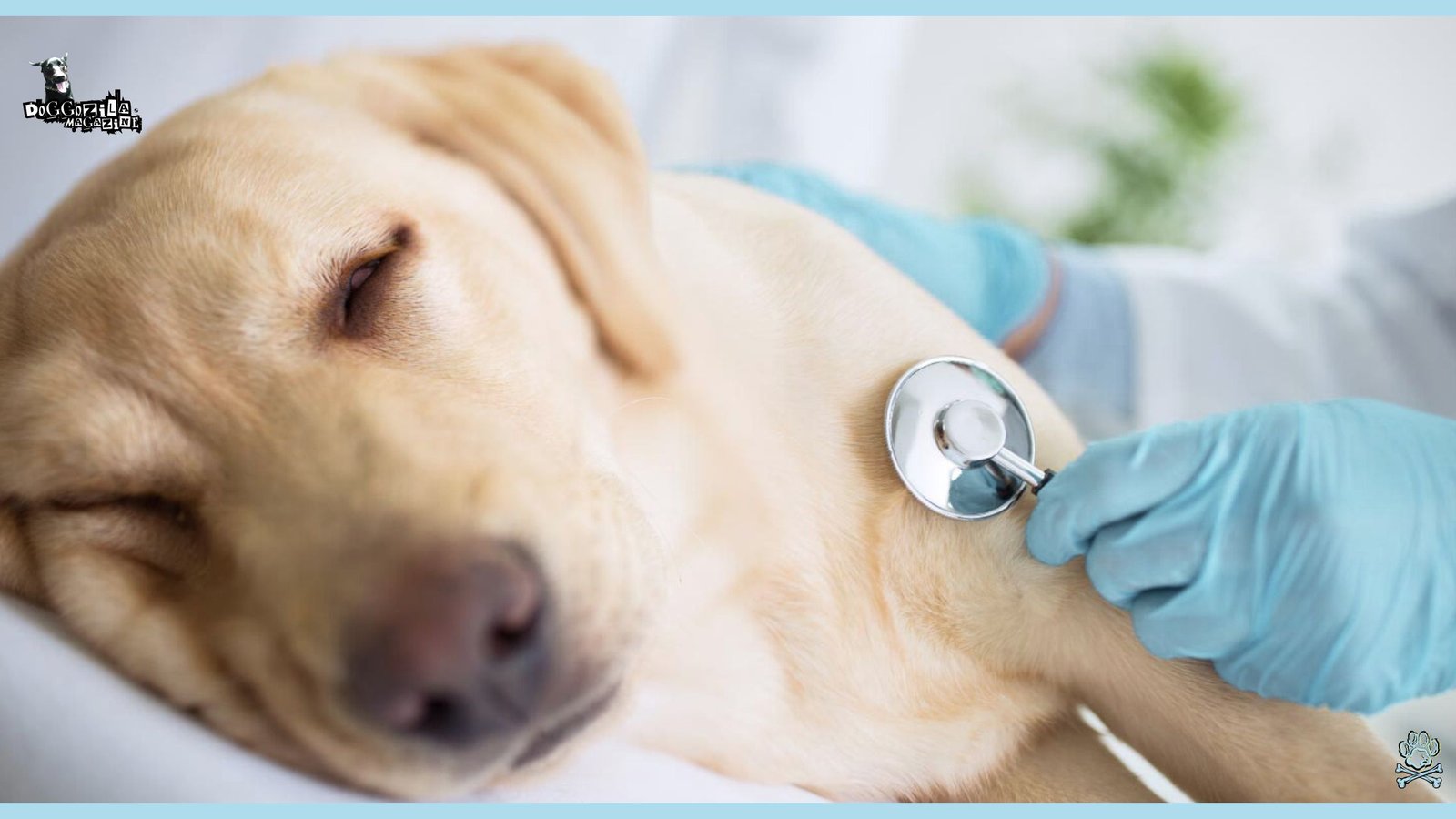
WHAT DOG DISEASES ARE INCURABLE? THE HEARTBREAKING REALITY OF CANINE DEMENTIA
As dogs age, some develop Canine Cognitive Dysfunction (CCD), a condition similar to Alzheimer’s in humans. This progressive brain disorder leads to confusion, disorientation, and changes in behavior. While medications and supplements can slow its progression, there is no cure for CCD. Watching a once-vibrant dog struggle with dementia is heartbreaking, but understanding incurable dog diseases helps owners prepare for the challenges ahead. Early intervention can improve quality of life, even if the disease itself cannot be stopped.
Imagine your dog staring blankly at a wall he’s passed a thousand times before—like an explorer who’s lost his map. Canine Cognitive Dysfunction (CCD), or doggy dementia, is one of those cruel incurable dog diseases that steals memories one paw print at a time. Studies show over 60% of dogs show signs by age 15, yet many owners mistake it for “just getting old.” The good news? We’re learning to navigate this foggy terrain better than ever.
How To Spot The Early Signs Of The Incurable Dog Diseases Such As Dementia
Dogs with CCD may wander aimlessly, get stuck in corners, or forget familiar commands. They might stare blankly at walls, have accidents indoors, or show changes in sleep patterns (awake at night, sleeping all day). Some dogs become anxious or clingy, while others withdraw from their families. If you notice these behaviors in an older dog, consult your vet—while there’s no cure for dog dementia, early diagnosis allows for better management.
The 5 Warning Signs Every Owner Misses at First
- The Midnight Prowler: Restless pacing at 3 AM like a caffeinated explorer
- The Lost & Found: Getting “stuck” behind furniture they’ve lived with for years
- The Reverse Puppy: Forgetting house training after a lifetime of good habits
- The Stranger Danger: Growling at family members they’ve known for years
- The Toy Confusion: Unable to remember how to play with favorite balls
Pro Tip: Keep a “dementia diary” to track patterns and triggers
Ways to Support a Dog with Cognitive Decline
Mental stimulation, like puzzle toys and short training sessions, can help keep their brain active. Maintaining a consistent routine reduces confusion—feed, walk, and play at the same times each day. Supplements like omega-3 fatty acids and antioxidants may support brain health. In severe cases, veterinarians may prescribe medications like selegiline to improve cognitive function. While CCD can’t be reversed, love and patience make a world of difference.
Turning Back Time on Incurable Dog Diseases: Cutting-Edge Interventions
- MCT Oil: Medium-chain triglycerides boost brain energy in clinical trials
- LED Helmet Therapy: Red light stimulates mitochondrial activity (yes, really!)
- Canine Crosswords: Interactive food puzzles designed by veterinary neurologists
- Doga (Dog Yoga): Improves circulation and reduces anxiety
While still among incurable dog diseases, CCD management is advancing faster than ever—giving us more quality time with our foggy-headed explorers.
The Emotional Toll of Caring for a Dog with Dementia
Watching a beloved pet decline is emotionally exhausting. Some dogs forget their owners, which can be devastating. Support groups and online communities can help caregivers cope. Remember, your dog isn’t giving you a hard time—they’re having a hard time. Focusing on their comfort, rather than frustration over lost abilities, is key.
🔑 Key Points: Canine Dementia (CCD) – Similar to Alzheimer’s, causing disorientation, sleep disruptions, and memory loss in senior dogs. No cure, but mental stimulation, routine, and supplements (e.g., omega-3s) may slow decline.
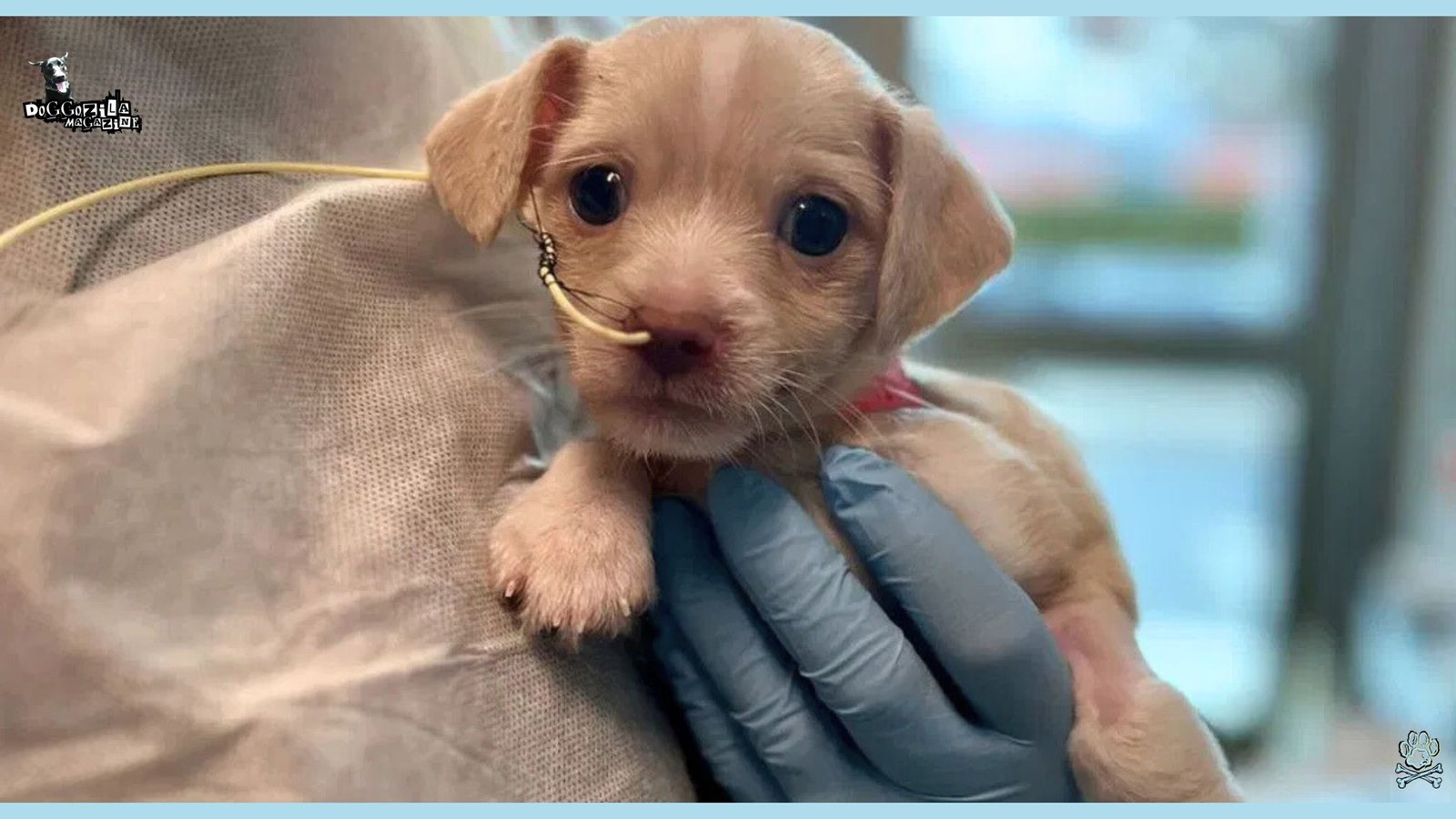
INCURABLE DOG DISEASES: THE MYSTERY OF AUTOIMMUNE DISORDERS
Autoimmune diseases occur when a dog’s immune system attacks its own body. Conditions like lupus, pemphigus, and immune-mediated hemolytic anemia (IMHA) fall into this category. While treatments like steroids and immunosuppressants can manage symptoms, these diseases often have no permanent cure. Understanding the mystery of autoimmune disorders helps owners navigate the complexities of lifelong care for autoimmune conditions.
The Unpredictable Nature of Incurable Autoimmune Dog Diseases
Symptoms vary widely—skin lesions, joint pain, anemia, and organ failure are all possible. Diagnosis can be difficult, requiring blood tests, biopsies, and specialist consultations. Flare-ups may happen suddenly, requiring emergency care. Some dogs respond well to treatment, while others struggle despite aggressive therapy.
Treatment Options and Lifestyle Adjustments
Immunosuppressive drugs are the primary treatment, but they come with side effects (increased thirst, weight gain, susceptibility to infections). The homemade dog diet plays a role—anti-inflammatory foods like fish oil may help. Regular vet check-ups are crucial to monitor progress. While there’s no cure for autoimmune disorders, many dogs live happy lives with proper management.
The Future of Incurable Autoimmune Dog Diseases
Scientists are exploring stem cell therapy and targeted biologics as potential treatments. Clinical trials for canine autoimmune diseases are ongoing, offering hope for future breakthroughs. Until then, early detection and proactive care remain the best strategies.
🔑 Key Points: Autoimmune Diseases (e.g., Lupus, IMHA) The immune system attacks the body; managed but not cured with immunosuppressants. Symptoms vary (skin lesions, organ failure); flare-ups require urgent care.
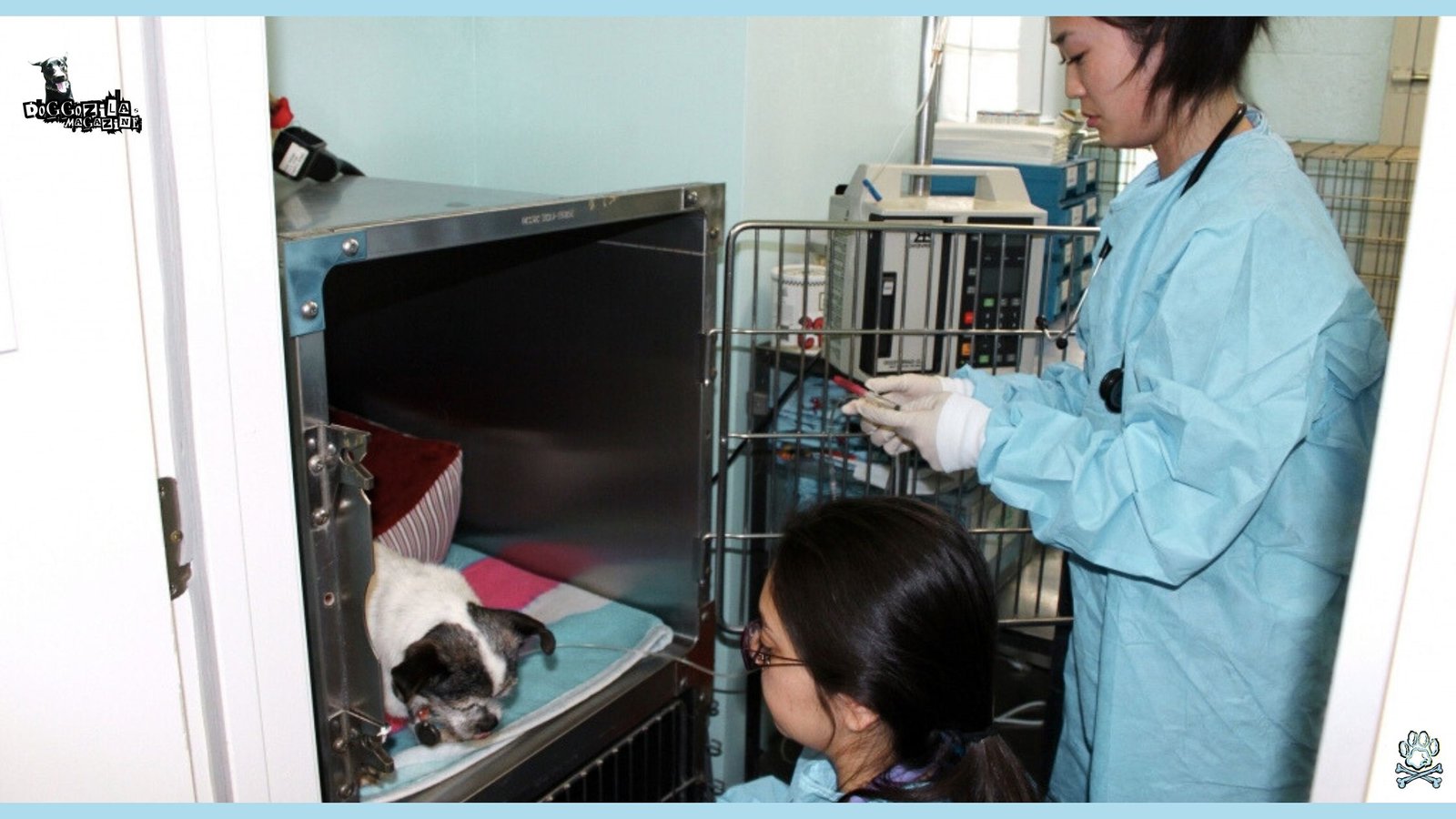
TERMINAL CANCERS IN DOGS: WHEN TREATMENT OPTIONS RUN OUT FOR INCURABLE DOG DISEASES
Cancer is a leading cause of death in older dogs, and some forms—like hemangiosarcoma or glioblastoma—are almost always fatal. Even with surgery, chemotherapy, or radiation, many aggressive cancers cannot be fully eradicated. This harsh reality forces owners to confront cancer as dog disease that has no cure while making difficult decisions about their pet’s comfort. Early detection can sometimes buy precious time, but for terminal cases, palliative care becomes the priority.
Imagine your seemingly healthy German Shepherd collapses during a game of fetch. Internal bleeding. Emergency surgery. The diagnosis: hemangiosarcoma, a stealthy cancer that strikes without warning. This vascular tumor often lurks in the spleen or heart, exploding like a time bomb. Even with treatment, most dogs survive just months—making it one of the most ruthless incurable dog diseases. But here’s the twist: researchers are borrowing tactics from human oncology to fight back.
Recognizing the Warning Signs of Incurable Dog Diseases such as Cancer
Symptoms vary depending on the cancer type but may include unexplained weight loss, lethargy, lumps, persistent sores, or sudden lameness. Hemangiosarcoma, common in breeds like Golden Retrievers, often shows no signs until internal bleeding occurs. Brain tumors might cause seizures or personality changes. If you notice anything unusual, consult your vet immediately—while some cancers are treatable, others fall under incurable dog diseases.
Why Hemangiosarcoma is Called the “Perfect Storm” of Dog Cancer
- No Early Symptoms: Tumors grow silently until they rupture.
- Metastasis Master: Spreads rapidly to liver, lungs, and brain.
- Breed Bullseye: Golden Retrievers, German Shepherds, and Labradors are high-risk.
A 2022 study found 90% of splenic hemangiosarcomas have already metastasized at diagnosis.
Treatment vs. Quality of Life: Making Tough Choices for Incurable Dog Diseases
Chemotherapy can extend survival time, but it’s not a cure for aggressive cancers. Some owners opt for holistic approaches, like CBD oil for dogs or turkey tail mushroom supplements, to ease symptoms. Pain management, including medications and acupuncture, helps maintain comfort. The goal shifts from curing the disease to ensuring the dog’s remaining days are happy and pain-free.
The Cutting-Edge Science Offering Glimmers of Hope
- Immunotherapy: Experimental vaccines train the immune system to attack tumors.
- Targeted Drugs: Kinase inhibitors (like toceranib) slow growth in some cases.
- Liquid Biopsies: Blood tests detecting cancer DNA before crises occur.
The Emotional Journey of Caring for a Dog with Incurable Diseases such as Cancer
Watching a dog battle cancer is emotionally draining. Many owners struggle with guilt over treatment decisions or financial strain from vet bills. Pet hospice services can provide support, allowing dogs to spend their final days at home. Remember, your presence and love mean everything—even when facing dog cancer.
🔑 Key Points: Terminal Cancers (e.g., Hemangiosarcoma) – Aggressive cancers often diagnosed too late; treatment focuses on palliative care. Immunotherapy and targeted drugs are emerging but not yet widely effective.

GENETIC DOG DISORDERS: INCURABLE DISEASES PASSED DOWN THROUGH BREEDS
Some dogs inherit diseases that have no cure, like dilated cardiomyopathy (DCM) in Dobermans or cystic fibrosis in certain terriers. These conditions are woven into their DNA, making prevention impossible. While research progresses, many genetic disorders remain untreatable beyond symptom management. For owners of predisposed breeds, understanding incurable dog diseases is crucial for long-term care planning.
Common Genetic Dog Disorders and Their Impact as Incurable Diseases
- DCM (Dilated Cardiomyopathy): Weakens the heart muscle, leading to heart failure.
- Progressive Retinal Atrophy (PRA): Causes gradual blindness.
- Lysosomal Storage Diseases: Affect metabolism, leading to neurological decline.
Genetic testing can identify risks early, but for many of these conditions, treatment is limited.
How Breeders and Owners Can Reduce Risks
Responsible breeders screen parent dogs for genetic markers before breeding. Owners of at-risk breeds should schedule regular specialized check-ups. While we can’t change genetics, awareness helps manage what dog disease has no cure more effectively.
The Future of Genetic Medicine for Dogs
Gene-editing technologies like CRISPR offer hope for future generations. Experimental therapies are being tested for conditions like muscular dystrophy in dogs. Though not yet widely available, science is inching closer to breakthroughs.
🔑 Key Points: Genetic Disorders (e.g., DCM, PRA) – Inherited conditions like heart disease (DCM in Dobermans) or blindness (PRA) have no cure. Genetic testing helps breeders reduce risks; CRISPR research offers future hope.

EMERGING INCURABLE DOG DISEASES: MYSTERIOUS ILLNESSES WITHOUT CLEAR SOLUTIONS
Some canine diseases, like atypical canine influenza or newly identified neurological conditions, baffle veterinarians. Without established treatments, these illnesses join the list of what dog disease has no cure. Staying informed about outbreaks and research is key for proactive pet care.
Recent Cases of Unknown Canine Illnesses
In 2023, a mysterious respiratory illness spread across the U.S., resistant to standard antibiotics. Similarly, some dogs develop rare autoimmune reactions with no known cause. These cases highlight the gaps in veterinary medicine.
How to Protect Your Dog From Emerging Threats
- Keep vaccinations updated.
- Avoid dog parks during outbreaks.
- Report unusual symptoms to vets promptly.
The Role of Research in Solving Canine Medical Mysteries
Crowdsourced data from veterinarians and pet owners helps track emerging diseases. Clinical trials for experimental treatments may offer future solutions. For now, vigilance is our best tool against the unknown.
🔑 Key Points: Emerging Mysterious Diseases – Unknown illnesses (e.g., antibiotic-resistant respiratory infections) lack clear treatments. Prevention through vaccinations and avoiding outbreaks is key.

THE FINAL JOURNEY FOR A DOG WITH INCURABLE DISEASES
Every great adventure has an ending—but that doesn’t mean it can’t be meaningful. When facing incurable dog diseases, the bravest thing we can do is ensure their last chapter is filled with love and dignity. From pain management to bucket lists, we’re rewriting what “goodbye” looks like.
The Pain Scale Decoder: What Your Dog Can’t Tell You
- The Side Eye: Squinting can indicate discomfort
- Dinner Dance: Circling before lying down may mean joint pain
- Silent Panting: Rapid breathing without exertion signals distress
New apps like “Tably” let you track pain indicators like a pro
Creating the Ultimate Canine Bucket List
- Steak Summit: That filet mignon you always joked about
- Beach Day: Even if it means carrying them to the shoreline
- Puppy Party: Invite all their favorite human and dog friends
- Star Gazing: Lay blankets out for a night of constellations
- Scent Safari: Collect smells from their favorite places in jars
The New Frontier: Hospice Care Goes High-Tech
- Telemedicine Vets: 24/7 video consults for peace of mind
- Custom Orthopedic Nests: 3D-printed to perfect pressure relief
- Legacy Projects: Nose-print jewelry or DNA-preservation kits
Final Adventure Tip: Record their heartbeat (via stethoscope) to keep with you always.
While these incurable dog diseases may limit their time, they don’t have to limit the love. After all, the best explorers know—it’s not about the length of the journey, but the wonders discovered along the way.
Final Thoughts: Love and Care Beyond the Cure
While some diseases can’t be cured, they don’t define a dog’s life. Focus on creating joyful moments—whether it’s extra belly rubs, favorite treats, or quiet companionship. The bond you share transcends all incurable dog diseases.
Final Note: Compassion Over Cure – While incurable, love, pain management, and bucket-list experiences can make a dog’s remaining time meaningful.

🐾



